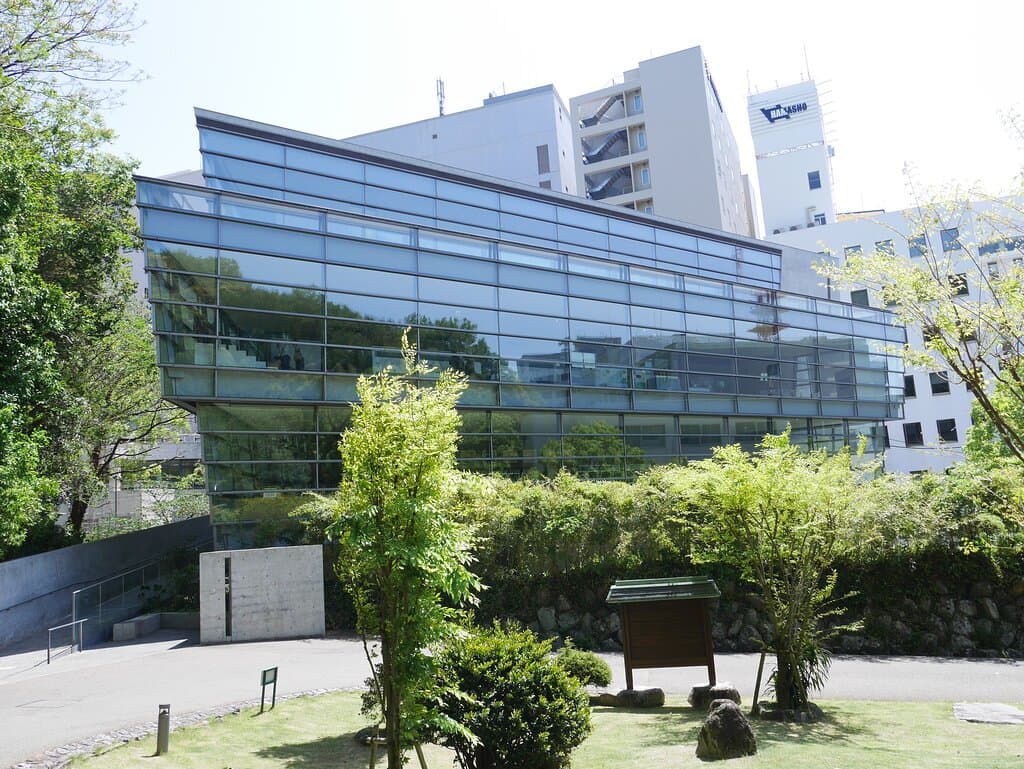
Saka no Ue no Kumo Museum
A Tadao Ando architectural marvel, this museum explores a historical novel through striking concrete design and natural light.
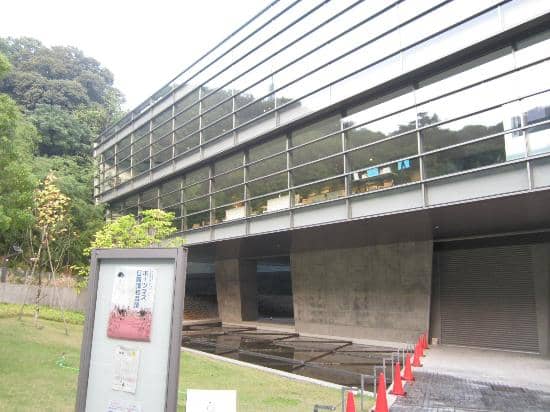
Highlights
Must-see attractions
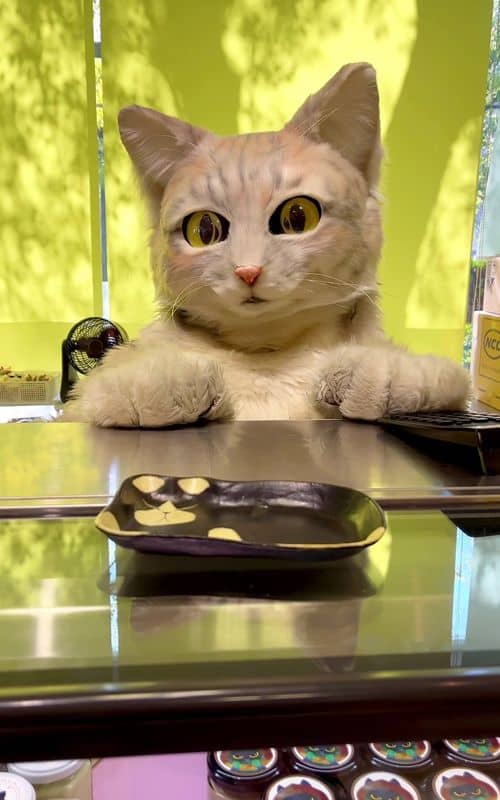
Social
From TikTok & Reddit
Best Time
Quiet coffee and contemplation

Saka no Ue no Kumo Museum
Best Time
Quiet coffee and contemplation

Highlights
Must-see attractions
A Tadao Ando architectural marvel, this museum explores a historical novel through striking concrete design and natural light.
"The architecture here is something you can't miss."
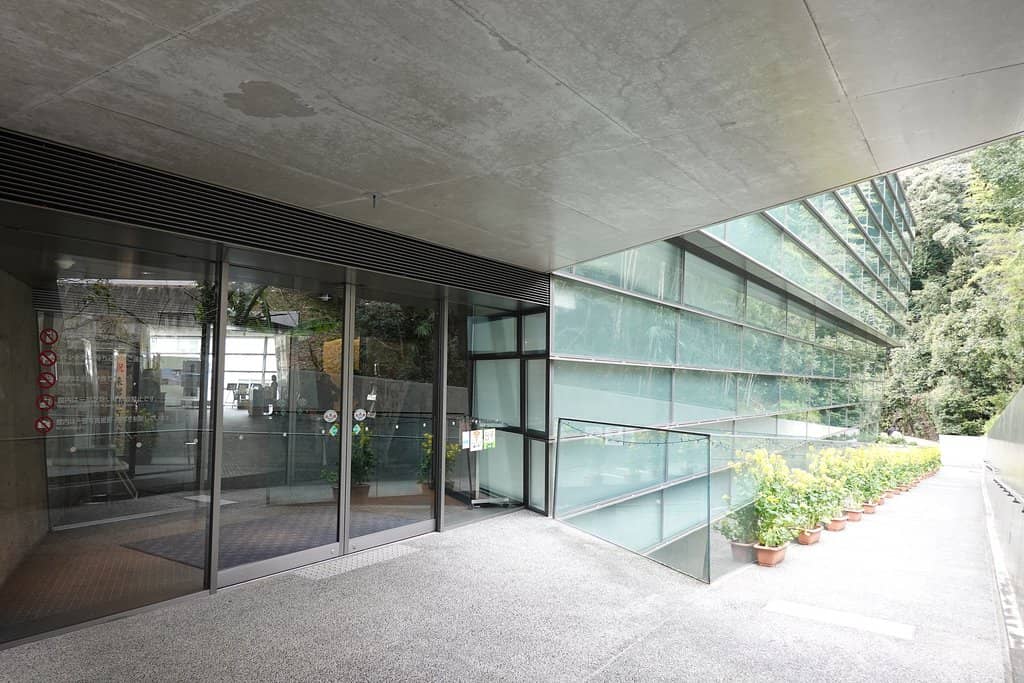
📸 Capture the Architecture
Photography is allowed inside, but not of the exhibits. Focus on the stunning concrete structures and light play.
🎧 English Audio Guide
Rent an English audio guide for 100 yen to understand the historical context of the exhibits.
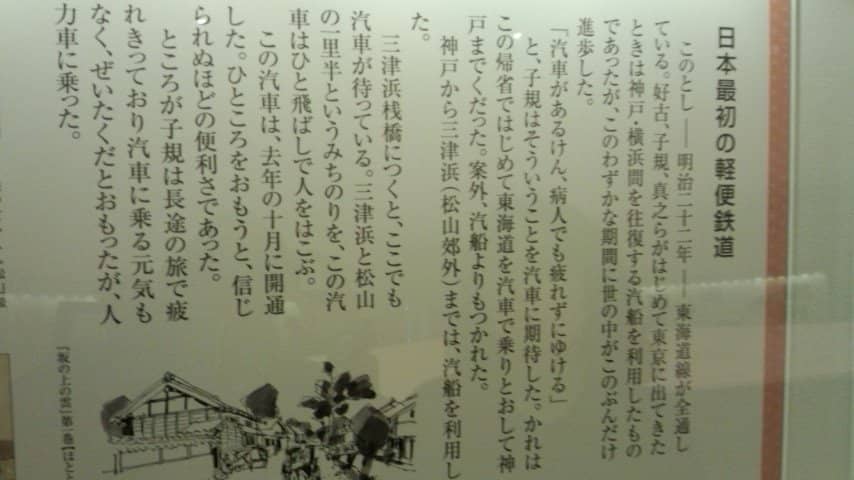
Highlights
Discover the most iconic attractions and experiences
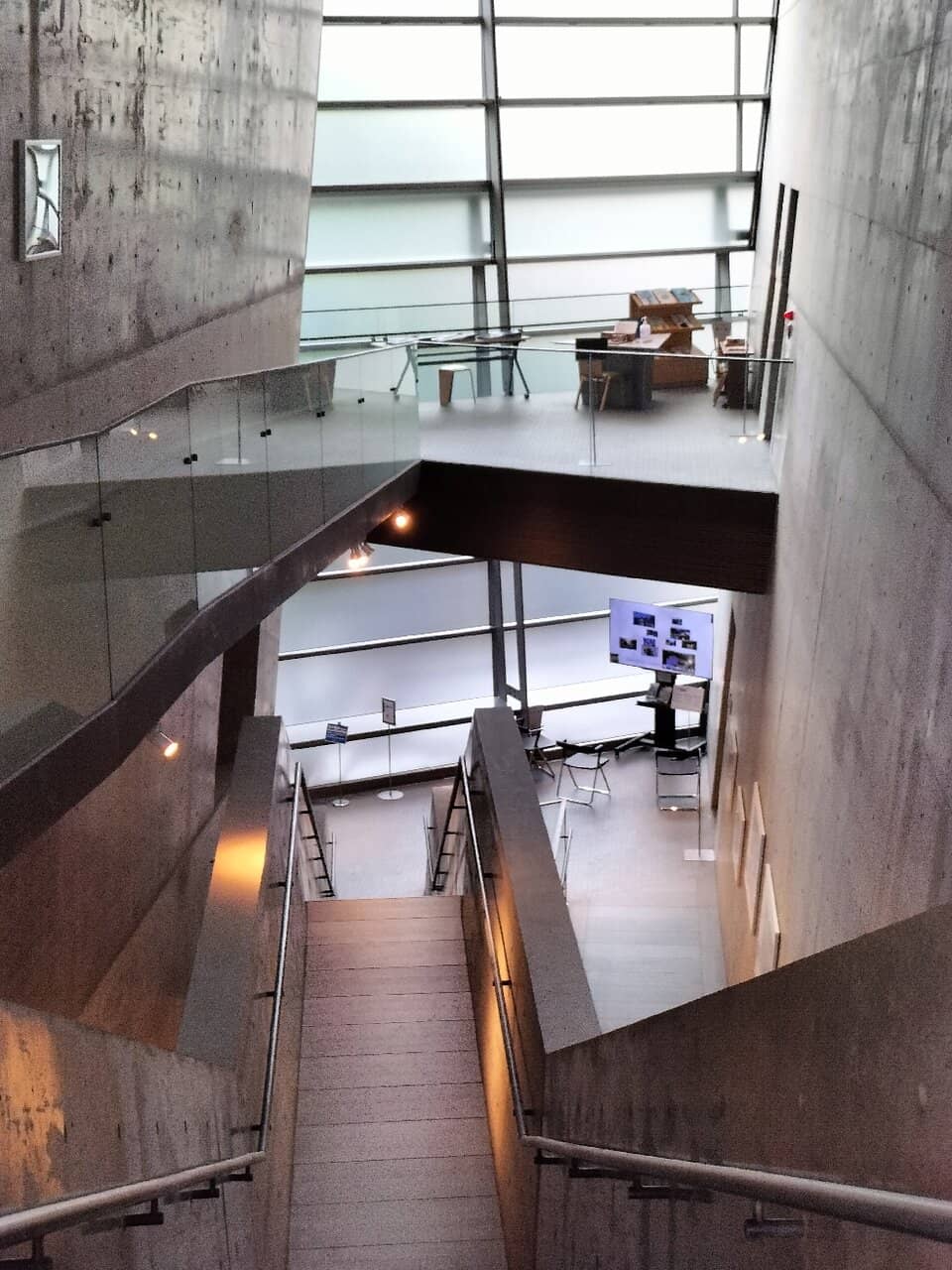
The Floating Staircase
Central atrium
A gravity-defying concrete staircase suspended by slender steel beams, a true architectural marvel.
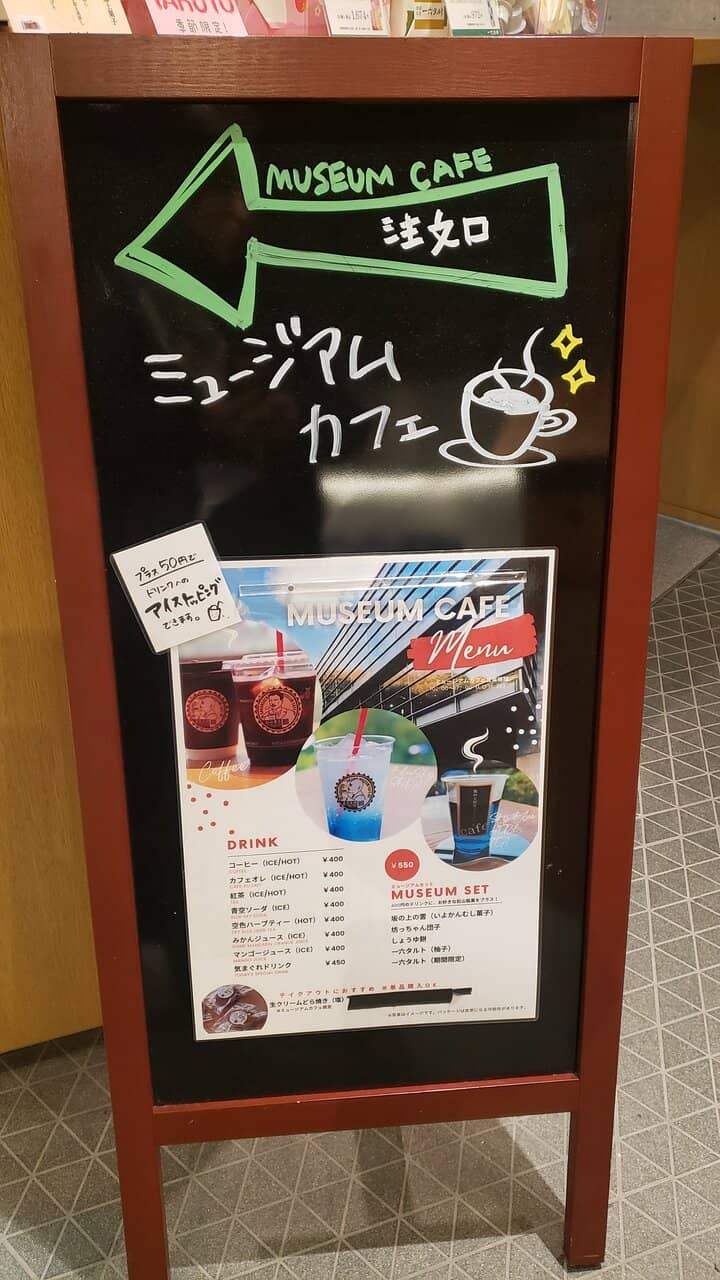
Balcony View of Bansuiso
2nd or 3rd floor
A unique vantage point offering a rippling water-like glass effect with Bansuiso and greenery beyond.
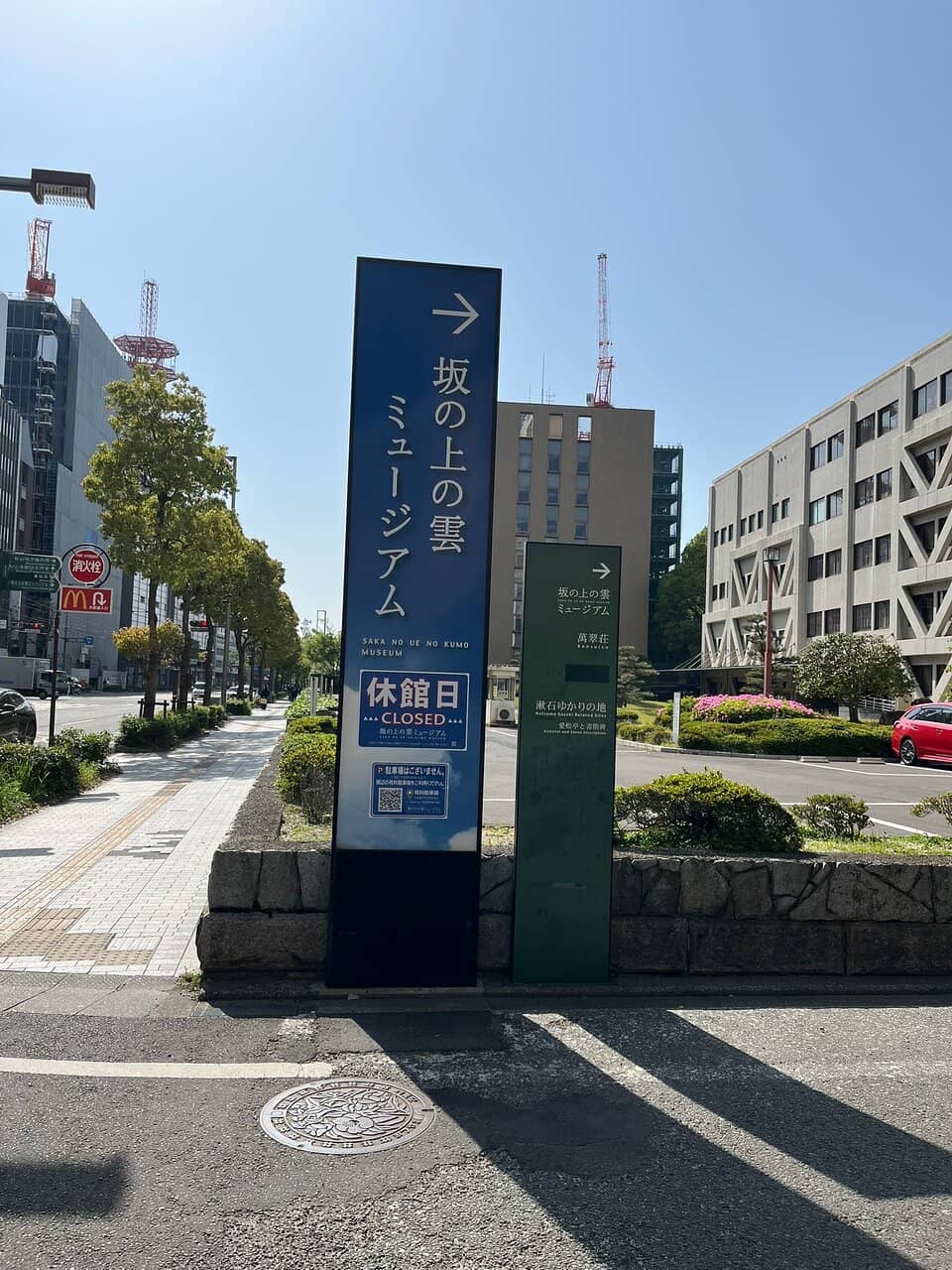
Triangular Prism Design
Exterior and interior
The striking geometric form of the museum, blending seamlessly with its surroundings.
Plans like a pro.
Thinks like you
Planning Your Visit
Embrace the Architecture
Language Barrier Awareness
Best Times
Insider Tips
from TikTok, Instagram & Reddit
📸 Capture the Architecture
Photography is allowed inside, but not of the exhibits. Focus on the stunning concrete structures and light play.
🎧 English Audio Guide
Rent an English audio guide for 100 yen to understand the historical context of the exhibits.
☕ Cafe Break
Enjoy a quiet coffee at the museum cafe, accessible from the entrance on the left.
🚶♀️ Explore the Corridors
Wander through the building's unique hallways and corridors that wrap around the structure.
Tips
from all over the internet
📸 Capture the Architecture
Photography is allowed inside, but not of the exhibits. Focus on the stunning concrete structures and light play.
🎧 English Audio Guide
Rent an English audio guide for 100 yen to understand the historical context of the exhibits.
☕ Cafe Break
Enjoy a quiet coffee at the museum cafe, accessible from the entrance on the left.
🚶♀️ Explore the Corridors
Wander through the building's unique hallways and corridors that wrap around the structure.
What Travellers Say
Reviews Summary
Visitors consistently praise the Saka no Ue no Kumo Museum for its stunning architecture by Tadao Ando, highlighting the iconic 'floating staircase' and unique triangular design. The interplay of light and concrete is a major draw. However, the exhibits are primarily in Japanese, which can be a drawback for international visitors not interested in the novel or modern Japanese history.
"Beautiful building by Tadao Ando. I enjoyed exploring the building’s hallways/corridors that wrap around it. Exhibition halls are lit by natural light too!
Most exhibits are in Japanese."
Gilbert Galvez
"I can’t read Japanese. But the architecture here is something you can’t miss. The whole building is a concrete triangular prism. The centre piece is the long concrete staircase. There is another spectacular installation. Go to 2/F or 3/F. There is a balcony facing Bansuiso. The glass installed below the handrail is styled with ripples. I looked from inside the museum towards Banduiso. The glass looked like a pond with ripples. Above the “pond”, it was Bansuiso and the greenery. I don’t think this is not meticulously planned."
Alfred Chan
"It was a wonderful building designed by Tadao Ando. I visited in the morning, and I was able to have a cup of coffee quietly. There was another exhibition going on inside the building. If you want to visit the cafe, you can go into the building and go to the left."
Juyeol Ryu
What People Like
What People Dislike
Frequently Asked Questions
🚇 🗺️ Getting There
The museum is located in Matsuyama City, Ehime Prefecture. It's a short 5-minute walk from ANA Crowne Plaza Matsuyama.
While specific details on direct bus routes are scarce, it's centrally located in Matsuyama, making it accessible via local buses or trams to the city center, followed by a walk.
From Matsuyama Station, you can take a tram or bus towards the city center and then enjoy a walk to the museum. The exact route will depend on your chosen mode of transport.
Information on dedicated parking for the museum is limited. It's advisable to check for public parking lots in the vicinity or consider public transport.
The museum is located at the southern foot of Mt. Shiroyama, where Matsuyama Castle is situated. A walk from the castle area is feasible, offering scenic views.
🎫 🎫 Tickets & Entry
Opening hours can vary, so it's best to check the official museum website or local listings before your visit.
Admission fees are generally reasonable. While specific prices aren't always listed online, expect a modest entry charge.
Advance booking is typically not required for general admission. You can usually purchase tickets at the museum counter upon arrival.
Information on discounts is not widely publicized. It's worth inquiring at the ticket counter about potential group rates or special offers.
Yes, you can still appreciate the architecture. For exhibit details, consider renting an English audio guide for approximately 100 yen.
🎫 🏛️ Onsite Experience
The museum's primary draw is its stunning architecture by Tadao Ando, particularly the 'floating staircase' and the unique triangular design.
Photography is permitted inside the museum, but please refrain from photographing the exhibits themselves. Focus on the architectural elements.
It's a spectacular concrete staircase suspended by thin steel beams, a signature element of Tadao Ando's design that guides visitors through the space.
Yes, from the 2nd or 3rd floor, you can access a balcony offering a unique view of Bansuiso, with a special glass installation that creates a rippling water effect.
The museum is dedicated to Ryōtarō Shiba's novel 'Saka no ue no kumo,' exploring the lives of its protagonists and the history of the Meiji era.
🍽️ ☕ Food & Dining
Yes, there is a cafe within the museum where you can enjoy a quiet cup of coffee.
The cafe primarily offers coffee and light refreshments, providing a peaceful spot to relax.
Matsuyama City center has numerous dining options. You can find a variety of restaurants and cafes within walking distance of the museum.
It's generally not recommended to bring outside food into museums. It's best to consume your own food before or after your visit.
The cafe is perfect for a brief respite and a quick coffee or snack while you're visiting the museum.
📸 📸 Photography
Yes, photography is allowed inside the museum, but please refrain from taking pictures of the exhibits.
Focus on the architectural elements: the floating staircase, the triangular structure, the interplay of light and shadow, and the views from the balconies.
The main restriction is on photographing the museum's exhibits. The building's exterior and interior architectural features are generally fine to capture.
Drone usage is typically restricted in and around cultural sites. It's best to assume it's not permitted unless explicitly stated otherwise.
A wide-angle lens is excellent for capturing the scale of the architecture. Natural light is a key feature, so a camera that performs well in varied lighting conditions is ideal.
For Different Travelers
Tailored advice for your travel style
👨👩👧 Families with Kids
Consider renting the English audio guide if your children are old enough to appreciate historical narratives, or focus on the visual aspects of the architecture. The cafe offers a pleasant spot for a break. For a more interactive experience, explore the nearby Matsuyama Castle, which often has more child-friendly historical elements.
🏛️ Architecture Enthusiasts
Don't miss the unique balcony views and the thoughtful details like the rippling glass. Even if the historical exhibits aren't your primary interest, the architectural journey through the museum is profoundly rewarding. Allow ample time to simply wander and absorb the design.
📚 Literature and History Buffs
To fully appreciate the content, renting the English audio guide is highly recommended, as most of the exhibit information is in Japanese. This will allow you to connect the architectural space with the historical narratives and literary context. The museum provides a unique way to engage with Japanese history and literature.
Deep Dives
In-depth insights and expert knowledge
The Architectural Genius of Tadao Ando
Visitors consistently praise the museum's interior, particularly the 'gravity-defying floating staircase' that appears to suspend in mid-air, guided by slender steel beams. This iconic feature, along with the strategic placement of skylights and windows, allows natural light to flood the exhibition halls, casting dramatic shadows and highlighting the texture of the concrete. The design encourages a contemplative experience, inviting visitors to move slowly and appreciate the interplay of form, light, and space.
Beyond the main staircase, the museum offers unique perspectives, such as the balcony on the upper floors that looks out towards Bansuiso. The glass railing here is designed with a rippling effect, creating a visual metaphor of a pond, with the historic building and greenery reflected above. This meticulous planning, as noted by visitors, transforms the act of looking into an artistic experience.
Exploring the Exhibits: History and Literature
While the architectural brilliance is a universal draw, the depth of the exhibits is best appreciated by those with an interest in Japanese modern history or the novel itself. Most of the display information is in Japanese, which can be a barrier for international visitors. However, the museum does offer an English audio guide for a small fee, which can greatly enhance the understanding of the historical context and the narrative presented.
The museum also functions as a community space, showcasing the ongoing development of Matsuyama city. This dual purpose as a historical archive and a forward-looking cultural center adds another layer to the visitor experience, making it more than just a static display of artifacts.
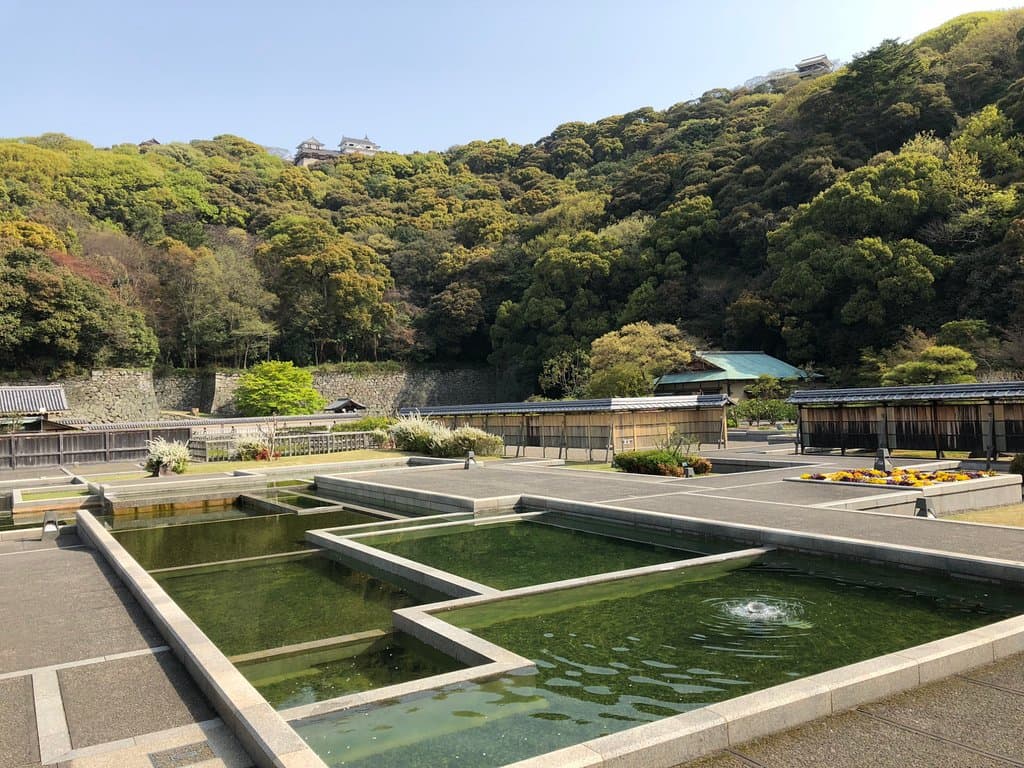

Social
from TikTok, Instagram & Reddit